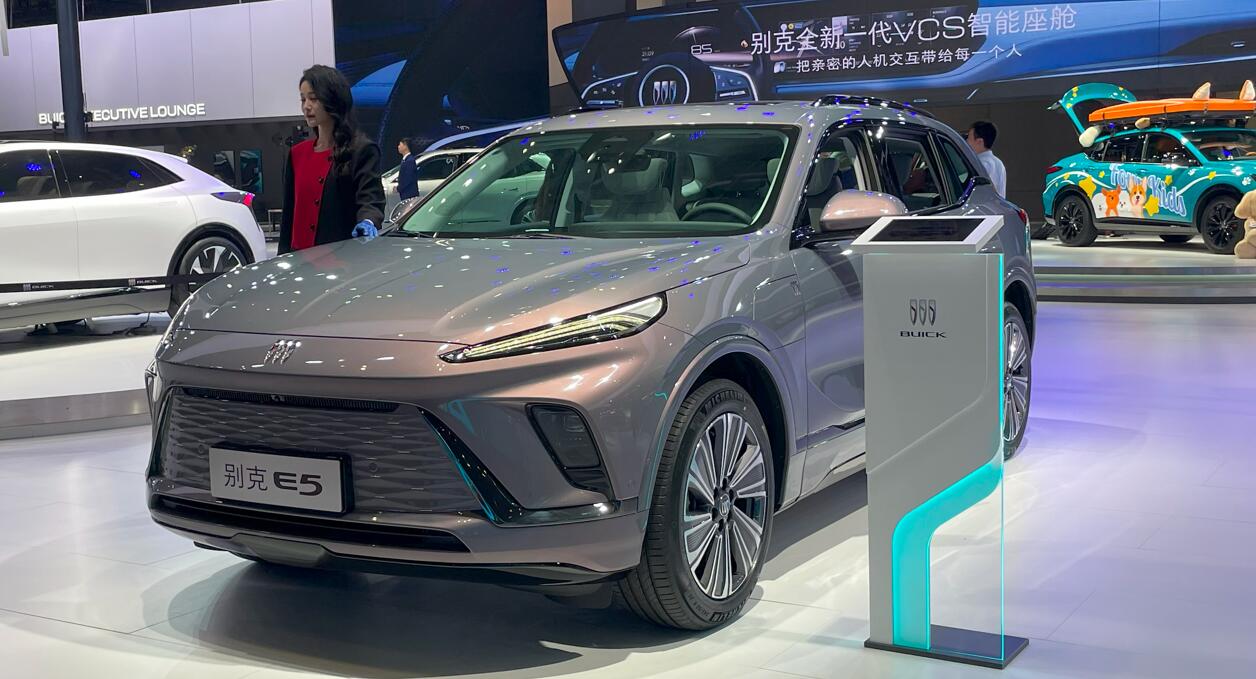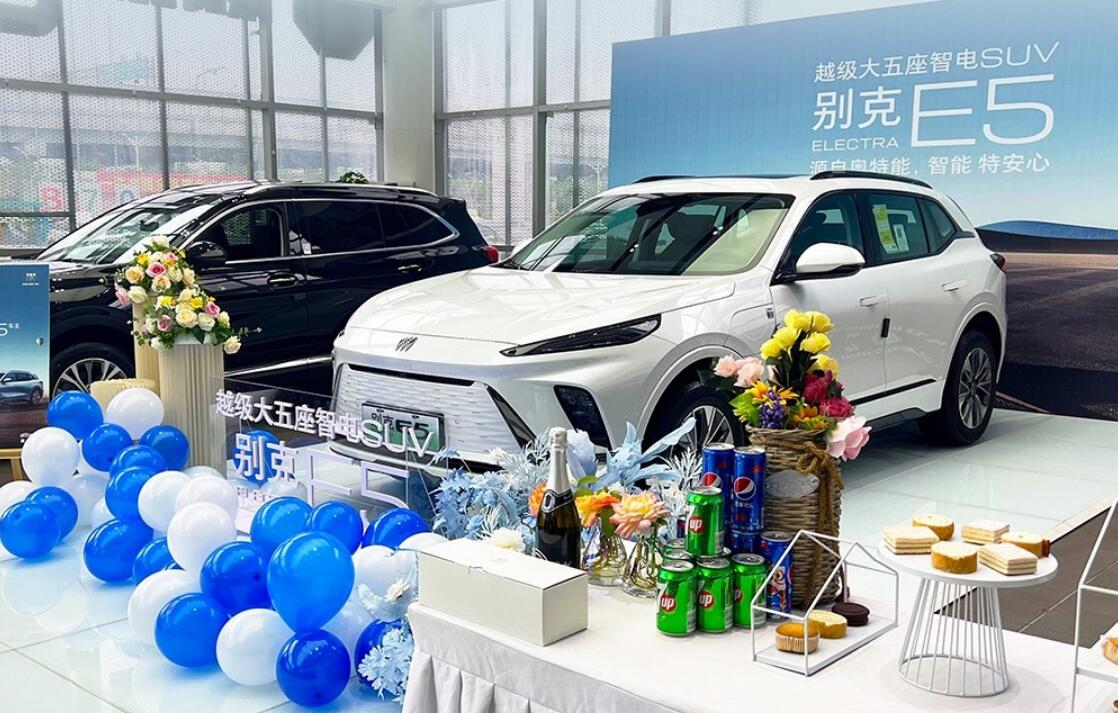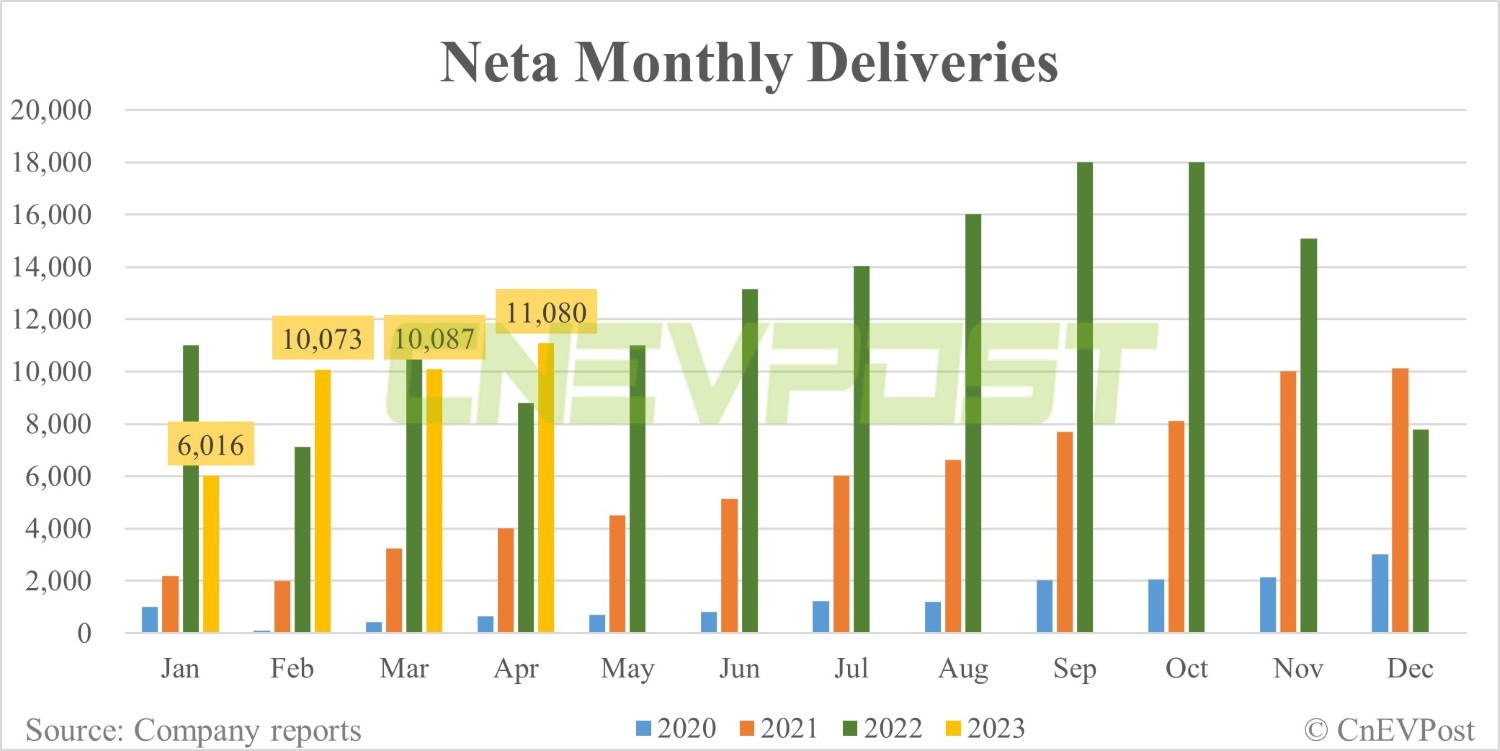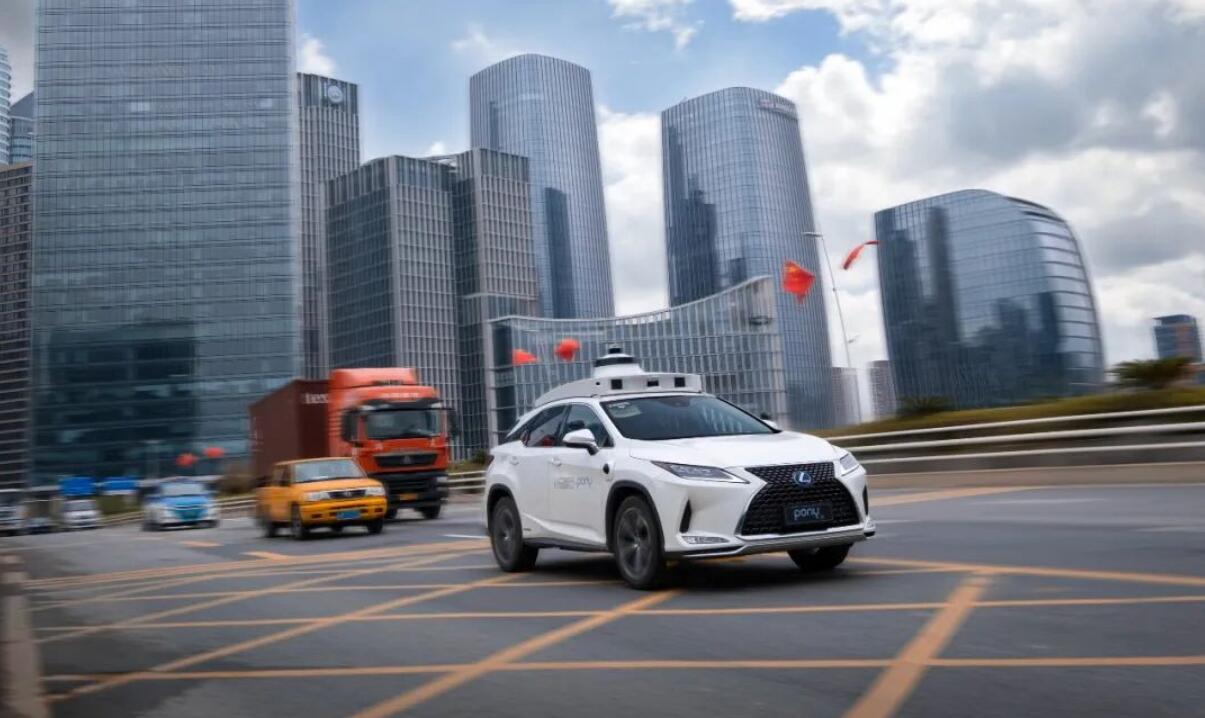Evergrande NEV will accelerate production and deliveries of the Hengchi 5 and advance the development and production of subsequent models, an executive said.
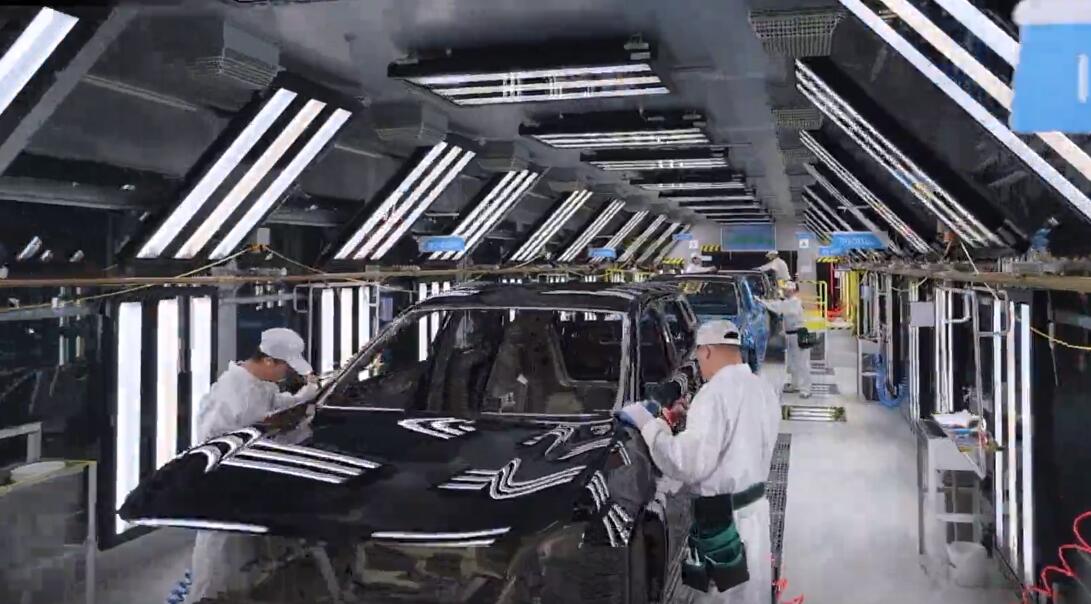
The plant of Evergrande New Energy Vehicle Group (Evergrande NEV), the electric vehicle unit of China's Evergrande Group, has resumed production after a month-long hiatus.
Evergrande NEV's Hengchi Auto plant in Tianjin resumed full production on May 23, according to an article posted by Hengchi on its official WeChat account today.
Officials from Tianjin Binhai New Area visited the plant on May 29, where production lines are running normally and thousands of workers are working, Hengchi said.
Hengchi president Liu Yongzhuo said the company will speed up the production and delivery of Hengchi 5 and push forward the development and production of subsequent models.
Here is a video accompanying Hengchi's article.
Hengchi's Tianjin plant had previously suspended production for a month because of financial difficulties.
On March 23, Evergrande NEV said in a Hong Kong Stock Exchange announcement that it had continued its cost-saving initiatives to focus its financial resources on supporting mass production of the Hengchi 5, with job cuts at its Swedish subsidiary National Electric Vehicle Sweden AB.
However, Evergrande NEV will be at risk of shutting down production if it is unable to secure additional liquidity, the announcement said.
In a new HKEX announcement on April 24, Evergrande NEV said it had already delivered more than 900 Hengchi 5 units to consumers, but would suspend production of the model at its Tianjin plant due to a lack of funds.
The group plans to resume production of the model in May, the announcement added.
The Hengchi 5 is the first model of Hengchi Auto to be mass-produced, and it started deliveries on October 29, 2022.
The model is currently available in only one version with a starting price of RMB 179,000 ($25,240).
Trading of Evergrande NEV's shares traded in Hong Kong has been suspended since April 1, 2022, and a date for restarting trading has not yet been set.
($1 = RMB 7.0914)
Evergrande NEV puts Hengchi 5 production on hold due to lack of funds
The post Evergrande NEV's plant restarts production after 1-month pause appeared first on CnEVPost.
For more articles, please visit CnEVPost.
